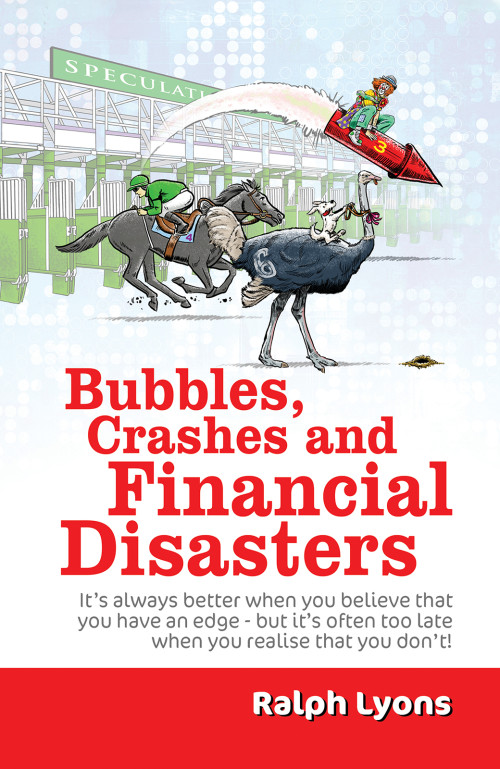Throughout history, the allure of promising opportunities has often ignited a speculative frenzy, arousing the get-rich-quick syndrome in millions of credulous souls, driving them to the extremes of ambition and greed in their quest for wealth. The symptoms of such behaviour frequently manifest during the build-up to a market crash, when months or even years of gains are wiped out in mere hours. This phenomenon is known as the ‘boom-and-bust scenario’, characterized by an economic bubble followed by a devastating crash.In this book, we delve into a number of remarkable events that have taken place between the seventeenth century and the present day, culminating in enormous financial losses for the general public or even the collapse of entire economies. The Great Crash of 1929 and some of the instances depicted from the 1980s onwards had seismic effects felt on a global scale.Today, despite living in a highly sophisticated world of economic regulation, financial manipulation, and extensive application of fiscal policy, economic bubbles still seem to burgeon from invisible beginnings, grow rapidly out of control, and then fragment into a melee of problems for modern society. While many believe that the random forces of human nature are responsible, spiralling out of control during periods of heady speculation, others share a different view. They argue that large economic bubbles are non-organic, engineered from within the system itself.This book takes a light-hearted journey through the subject matter, considering both the historical events and the intriguing possibility that financial engineering plays a role in the creation and destruction of economic bubbles.
After starting his career as a schoolteacher, Ralph decided to change the direction of his life in order to explore the world of business and finance. Over the next two and a half decades, he was involved in a number of large property development and social care ventures throughout South Yorkshire. This activity was eventually overlapped with the trading of stocks, derivatives, and foreign exchange. During this time, he was on hand to witness three of the ‘boom and bust’ scenarios depicted in this book, through their formative phase, at their climax, and in their devastating aftermath. Ralph’s decision to start writing Bubbles, Crashes and Financial Disasters, in fact emanated from these memories.
Customer
Reviews
0 reviews
Write a Review
